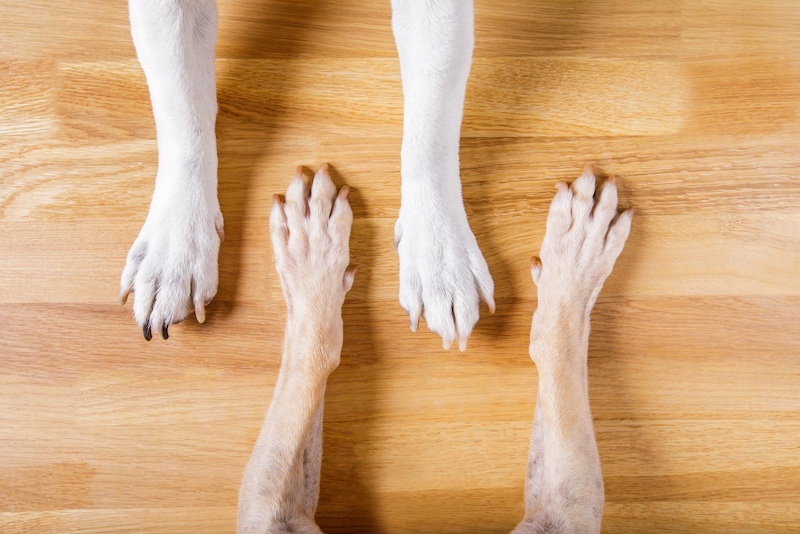Just like humans, dogs can also show a preference for one “hand” over the other – or in this case, one paw! Many pet owners may be surprised to learn that their dogs can have a dominant paw, meaning they may be “left-pawed” or “right-pawed.” Understanding your dog’s paw preference can be a fun and insightful way to bond with your furry friend and may even tell you a bit about their personality. Here’s everything you need to know about determining your dog’s paw preference.
Why Do Dogs Have a Paw Preference?

Studies have shown that around 50% of dogs show a preference for using either their left or right paw, while the remaining dogs are ambidextrous, using both paws equally. The reason behind this is largely biological, as it’s believed to be connected to brain hemispheres. Similar to humans, the left side of a dog’s brain controls the right side of its body and vice versa. The dominant side of the brain may influence paw preference, so a “left-brained” dog may be more right-pawed and vice versa.
Why Paw Preference Matters
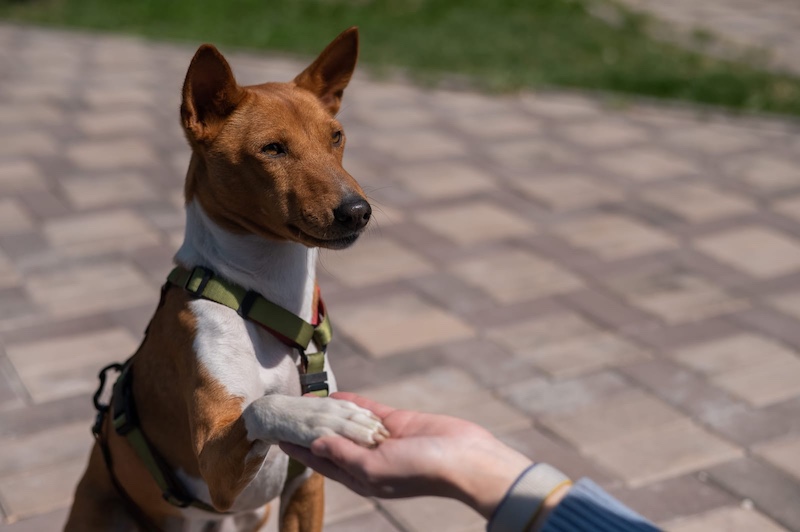
Knowing a dog’s paw preference may also be helpful for understanding certain traits, such as patience or independence. Some research even suggests that left-pawed dogs might be more reactive or cautious, while right-pawed dogs may be more relaxed and social. While this isn’t a hard-and-fast rule, it can be fun to see if your dog’s paw preference aligns with these trends.
How to Determine If Your Dog Is Left-Pawed or Right-Pawed
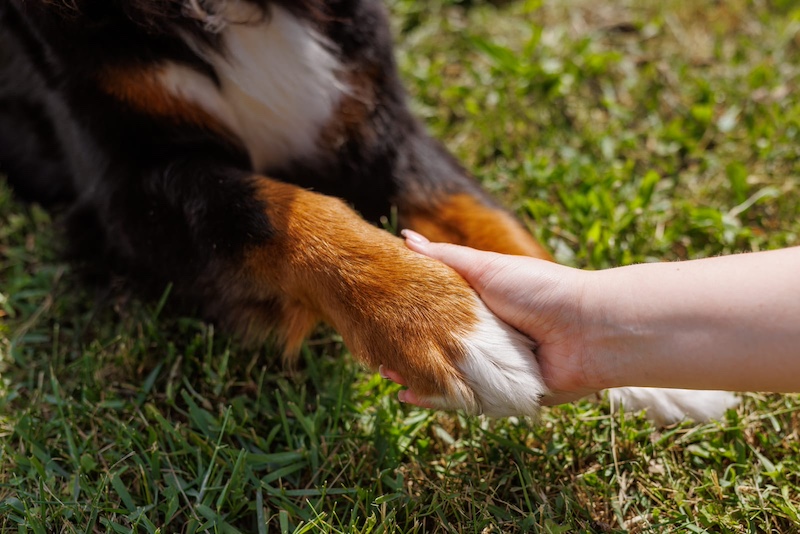
If you’re curious about your dog’s dominant paw, here are a few simple activities you can try. For the most accurate results, repeat each activity multiple times and record which paw your dog uses more frequently.
The Paw-Offering Test
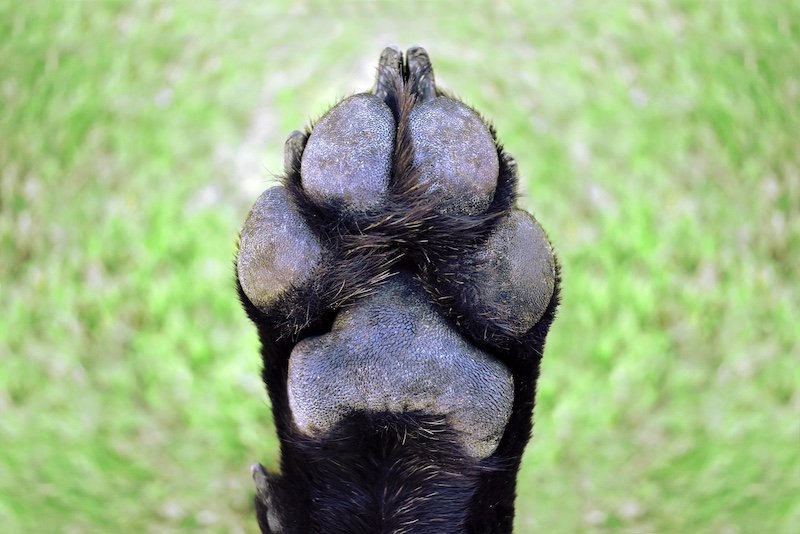
Next time your dog offers you a paw for a treat, pay attention to which paw they use first. You can hold out your hand and ask for a “shake” or “paw” and see which paw they instinctively raise. Over several attempts, a pattern may emerge, revealing a preference for either the left or right paw.
The Kong Toy or Puzzle Challenge
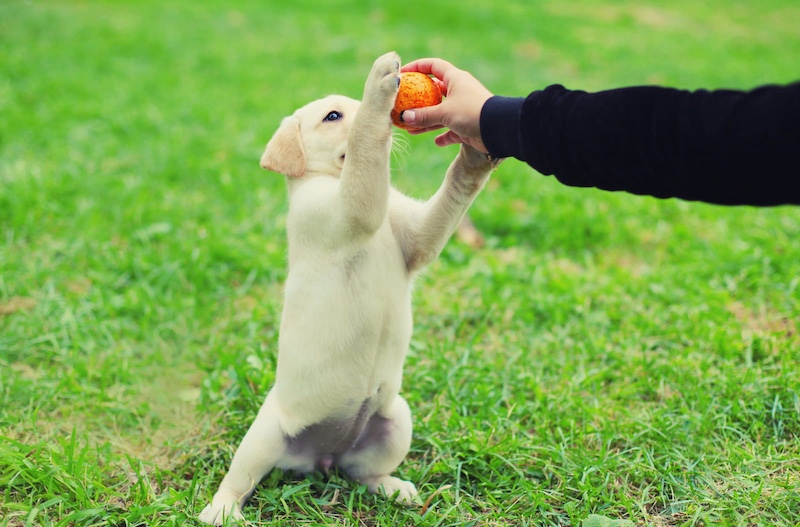
Give your dog a puzzle toy or a Kong filled with treats and watch how they manipulate it. Dogs often use their paws to hold the toy steady while licking out the treats, and many will repeatedly use the same paw. After several trials, you should be able to see which paw is favored.
The Step Test

If you have stairs, watch which paw your dog uses to step up first. Over multiple attempts, a dominant paw may become apparent, as they’re likely to lead with it each time. This can be particularly telling since it’s an instinctive movement for them.
The Food Bowl Test

Place your dog’s food bowl in a corner or slightly to one side. Watch to see if they use a particular paw to reposition or steady the bowl while eating. Consistently favoring one paw in this situation can be a strong indicator of dominance.
What If Your Dog Is Ambidextrous?
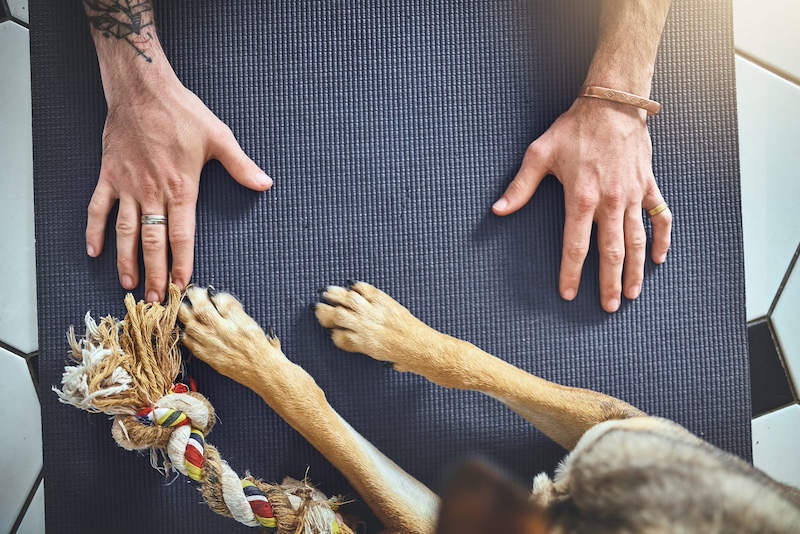
If your dog seems to use both paws equally, they might simply be ambidextrous! Around 20% of dogs don’t show a strong preference for one paw over the other. Being ambidextrous is perfectly normal and simply means that they can switch between paws depending on the situation.
Final Thoughts
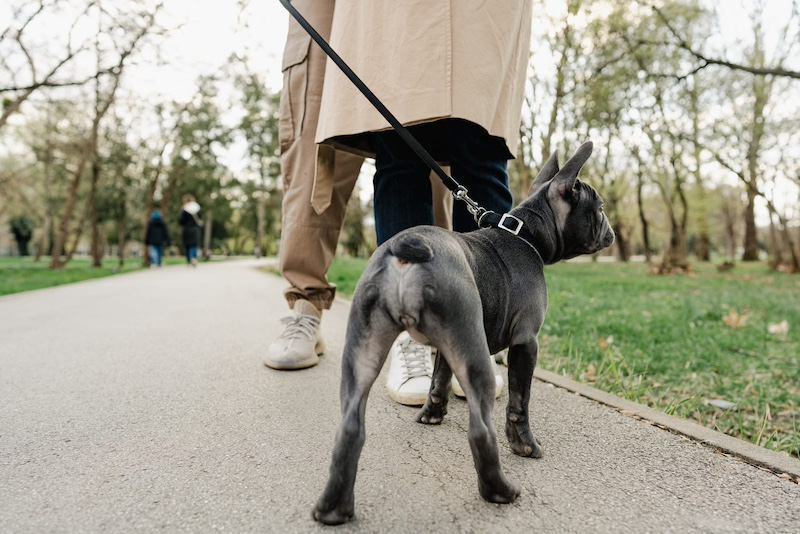
Finding out if your dog is left-pawed or right-pawed is a fun activity that can reveal some quirks about their personality. And while it might not change much about their daily life, understanding your pet’s natural preferences can help deepen your connection. So, grab some treats, try a few of these tests, and see if your pup is a lefty, a righty, or one of the ambidextrous ones! Please Note: This content was created with the assistance of AI and thoroughly edited by a human before publishing.

